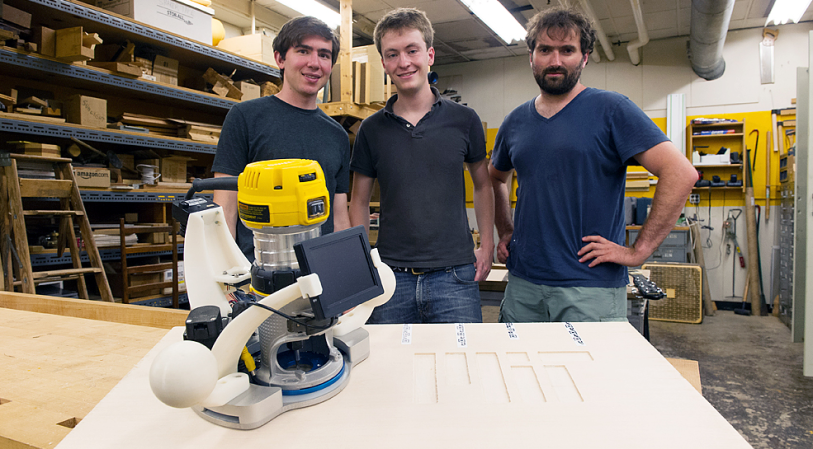

There’s no time like the present to get acquainted with do-it-yourself radiation detection.
In our DIY electronics book Environmental Monitoring with Arduino (EMWA), Patrick Di Justo and I include a project that teaches readers how to connect a radiation detector (also called a Geiger counter, after experimental physicist Hans Geiger) to an Arduino microcontroller, and share its readings on the Internet.
Now MightyOhm has leapfrogged that step with a you-build-it radiation detector that includes an ATtiny2313 microcontroller right on the PCB board. Other nice touches include header pins that make connection with a Raspberry Pi microcontroller an easy matter, enabling easy output of data to a screen (although you could probably attach one directly to the counter as well) or the Internet.
There’s also the option to purchase an assembly-required case, saving makers the trouble of finding or designing their own enclosure to protect those tender electronics from dust, water, and greasy fingers.
The team at AdaFruit, which is selling the kit for just under $100, states that they were able to assemble it “in a couple of hours,” and succeeded in getting readings from everyday stuff that emits rads, like bananas, smoke detectors, and marble countertops.
Ever wonder how a radiation detector works? At its most basic, a radiation detector is a device that creates an electrical circuit depending upon what’s in the air:
- A Geiger tube is composed of a metal casing with a wire running through it, and filled with gas. (The Soviet-era SBM-20 tube we used for our book contains a mixture of argon, bromine, and neon.)
- The wire and the casing don’t touch.
- The rest of the circuitry on the device sends a regular electric pulse through the wire.
- When one or more radioactive particles are present in the tube, the gas molecules become electrically charged (ionized) along the paths the particles have traveled between the wire and the casing.
- This creates a connection between them, closing the circuit and sending a shock back through the device, which in turn makes the indicator(s) click or blink.
- When there is nothing radioactive present in the tube the circuit remains open, and the gadget remains silent.














